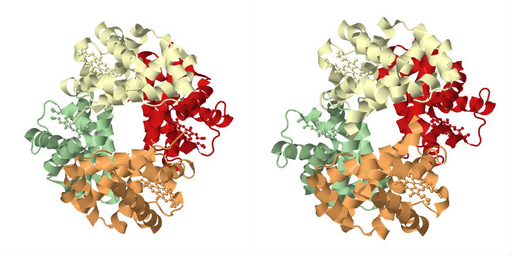The University of Illinois Chicago participates in clinical trials to cure severe red blood congenital diseases such as sickle cell anemia by safely modifying the DNA of patients’ blood cells. In the CRISPR-Cas9 Gene Editing for Sickle Cell Disease, researchers reported that gene editing modified stem cells’ DNA by deleting the gene BCL11A. This gene is responsible for suppressing fetal hemoglobin production. Then, stem cells start producing fetal hemoglobin so that patients with congenital hemoglobin defects make enough fetal hemoglobin to overcome the effect of the defective hemoglobin that causes their disease.
Sickle cell disease is an inherited defect of the hemoglobin that causes the red blood cells to become crescent-shaped. These cells can lyse and obstruct small blood vessels, depriving the body’s tissues of oxygen.
The first two patients to receive the treatment have had successful results and continue to be monitored. Rondelli is on the steering committee for an international clinical trial. The gene manipulation does not use a viral vector as with other gene therapy studies, but this is done with electroporation which is known to have a low risk of off-target gene activation, according to Rondelli. As the strand for the hemoglobin production is very small, being off-target would not allow the treatment to work.
The treatment is created by a small strand of DNA from stem cells that don’t have the gene BCL11A. Researchers do this by editing the strand of DNA by splitting the DNA with a Helicase protein. Then once it is split, it begins to replicate the DNA using small RNA fragments. The researchers then use a specific strand of RNA that does not have a defect. Since they do not have this particular gene, they can produce hemoglobin freely. Now that the cells are producing hemoglobin, they should be able to create enough to stop the blood cells from crescenting. They insert the DNA by electroporation, where the doctors then introduce electronic waves that allow the cell to open. Once the cell is open, the DNA can enter the blood cells.
This clinical trial is still in its early stages, so it is not used around the world. Though it is promising, it has not been through enough trials. I am not sure if it will get to that stage, do you?




Leave a Reply